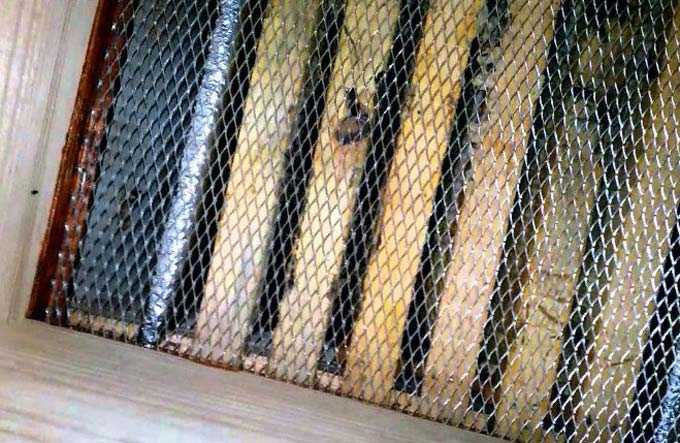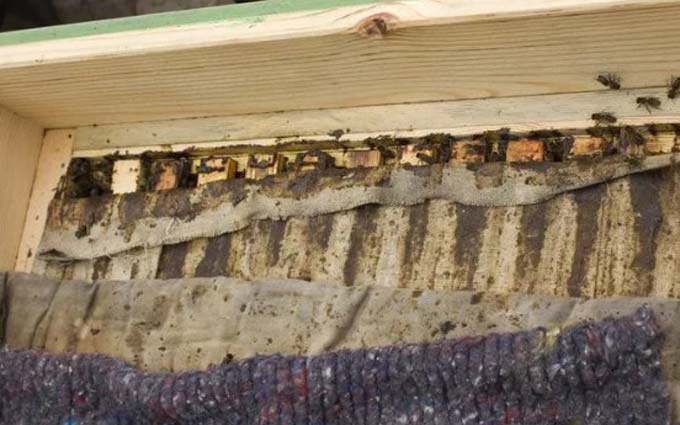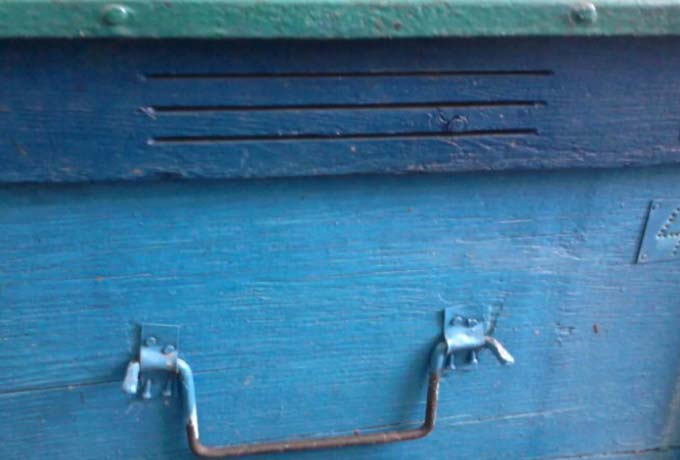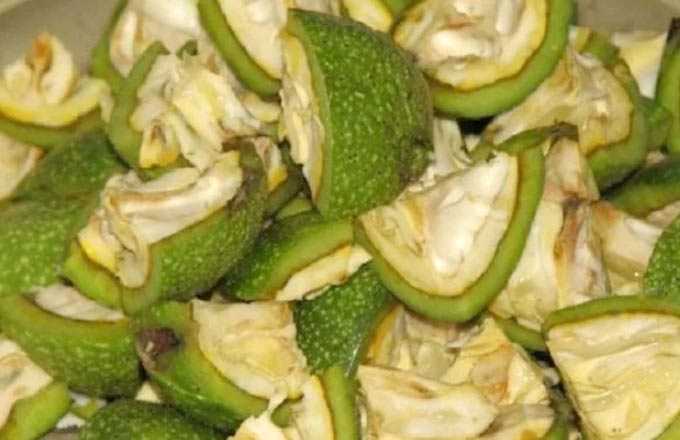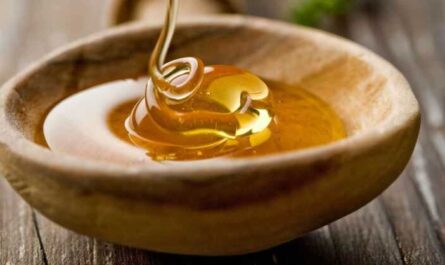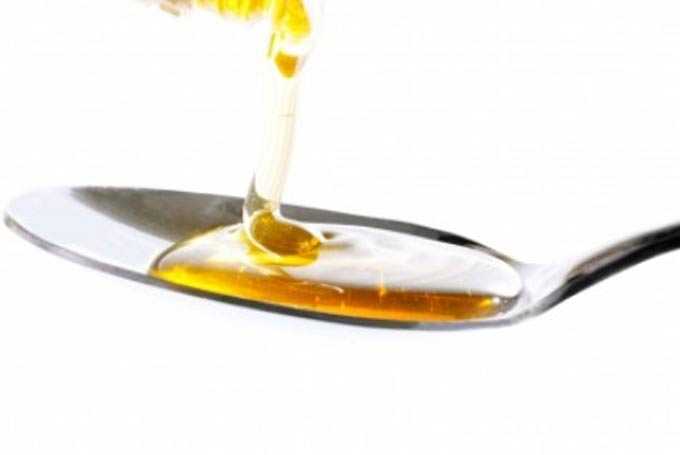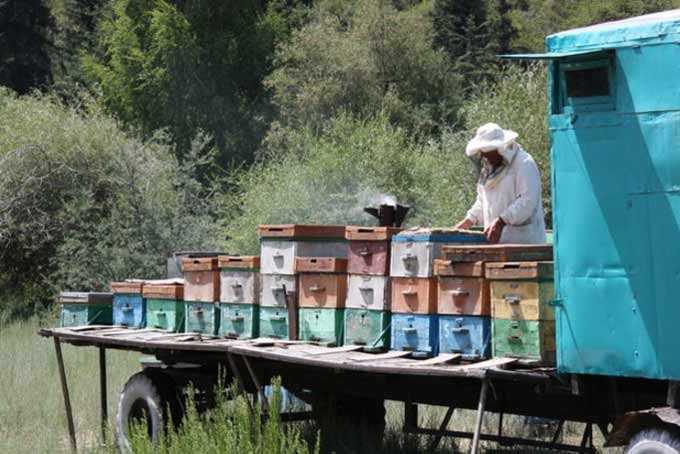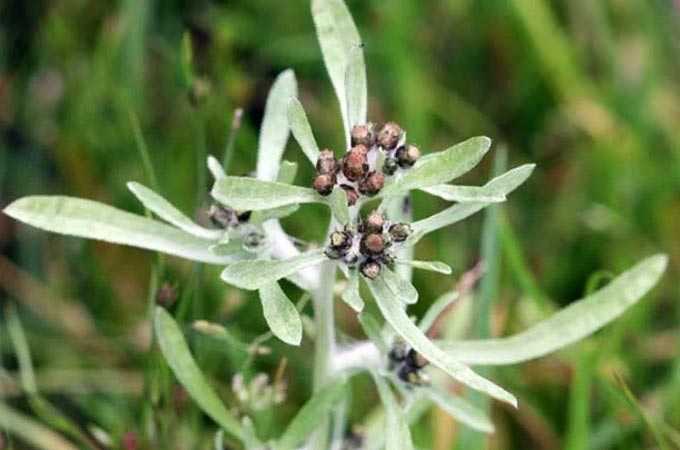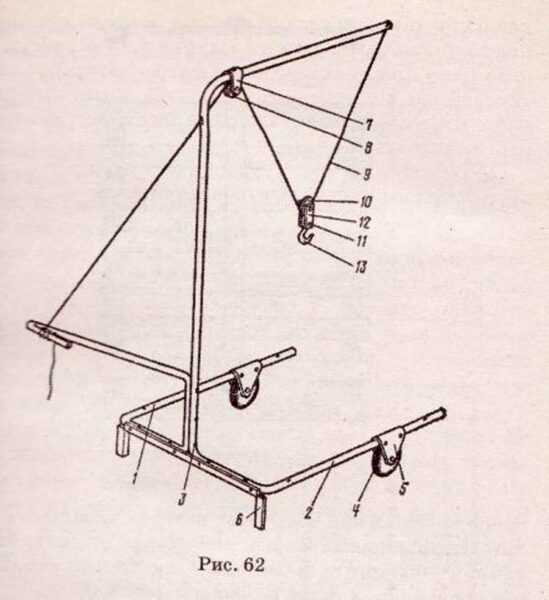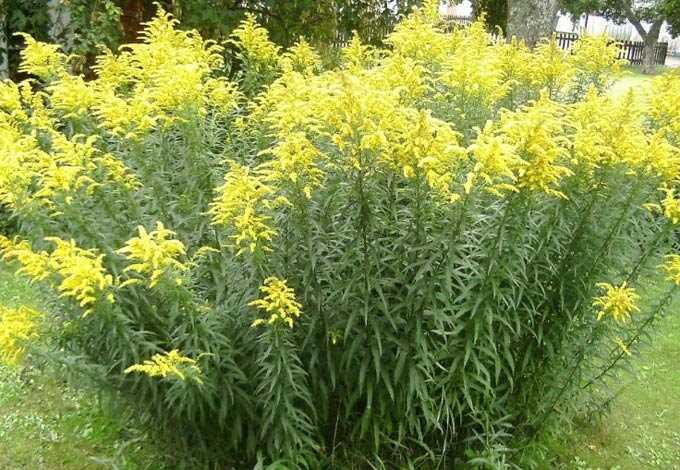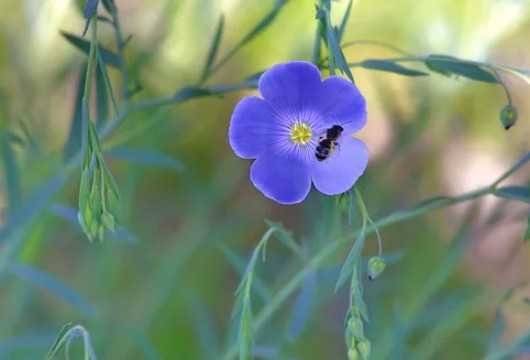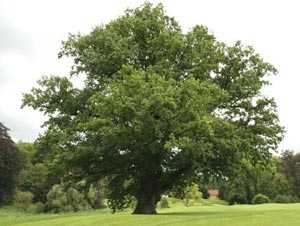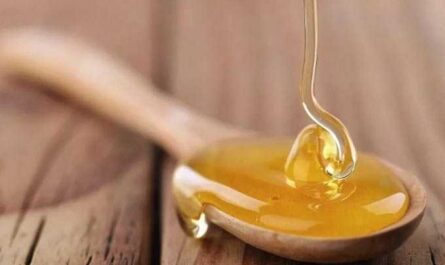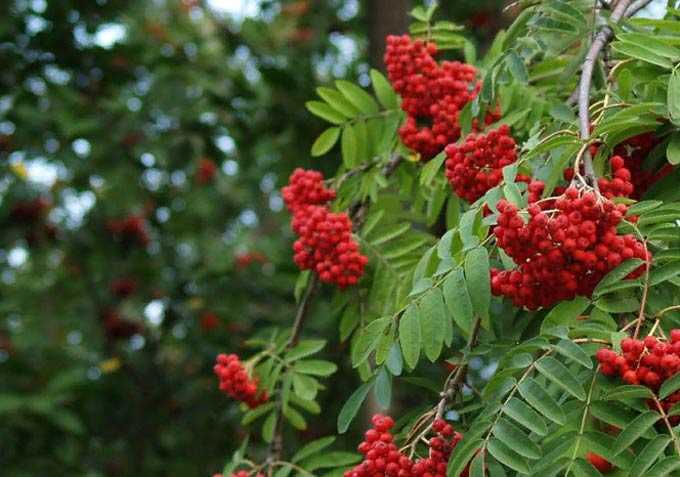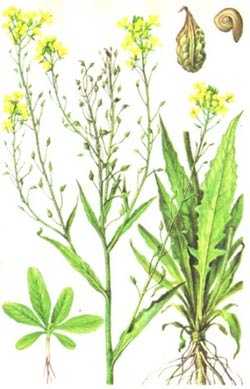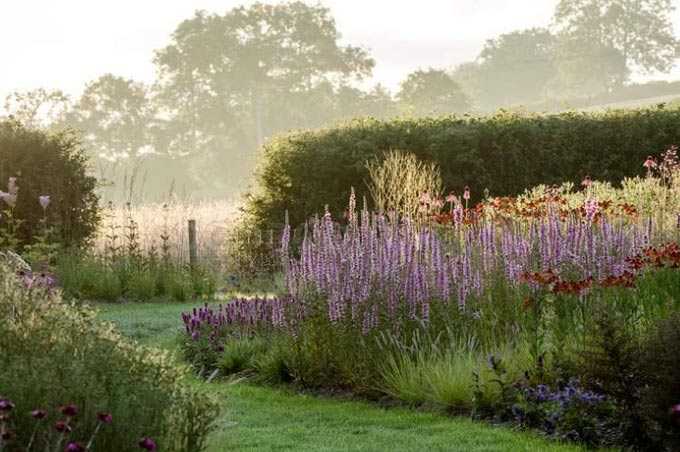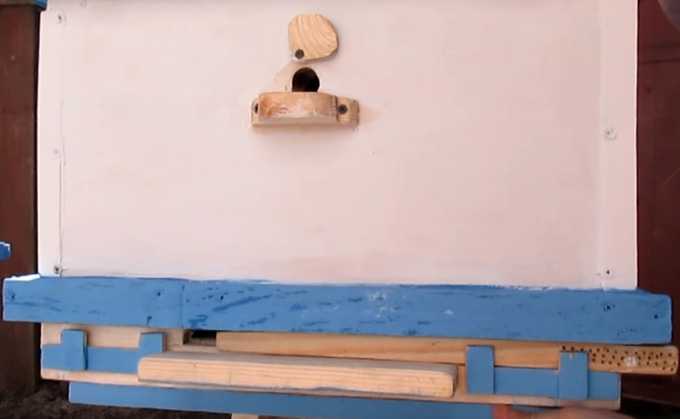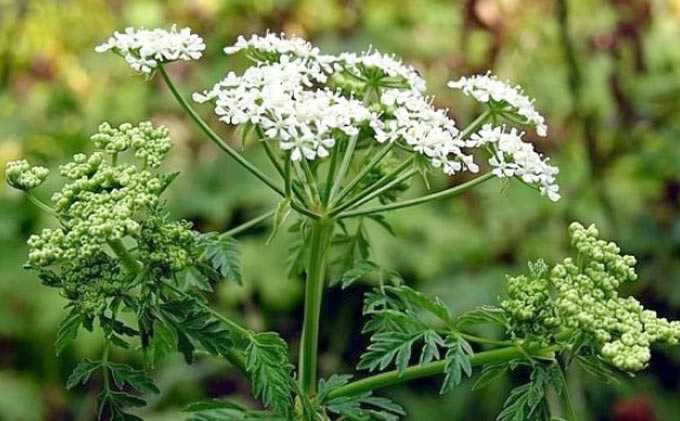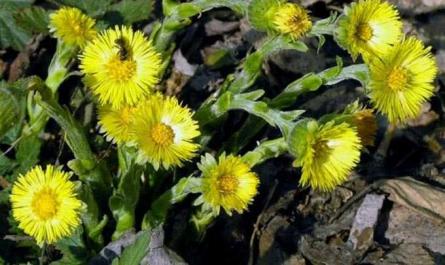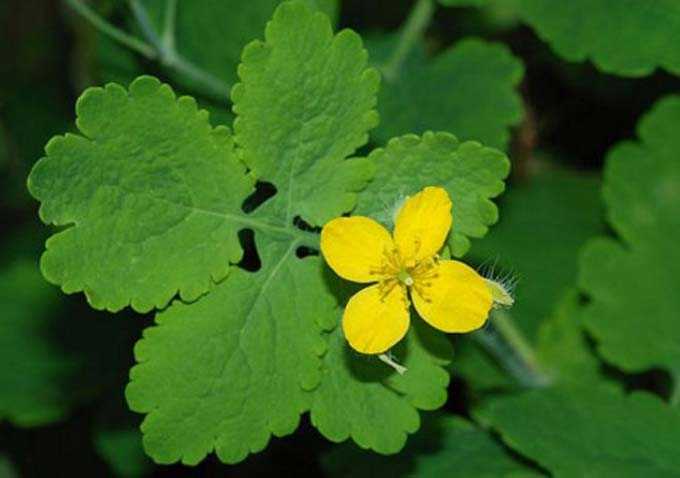Like all living things, bees need oxygen for their life. Therefore, the establishment of an optimal ventilation system at any time of the year is a constant concern for any beekeeper.
It is ventilation in the hive that ensures the correct gas exchange of the internal space with the environment (oxygen supply and removal of carbon dioxide), regulates the humidity level (removes dampness and prevents the appearance of mold), and in the summertime improves heat exchange and prevents the nest from overheating.
The content of the article
- 1 Summer
- 1.1 Struggle with boredom
- 2 Wintering
Summer
In each period of the year, the ventilation of the bee dwelling has its own characteristics, which must be taken into account.
In the summer, it is easiest to ventilate the hive – the bee colonies do most of the work themselves. The beekeeper is only required to keep all the entrances and other openings in the hive as open as possible. This, by the way, has a positive effect on the productivity of honey collection – during the bribe, the bees do not waste time waiting in line to pass the entrance holes and can make more flights, bringing more nectar to the family.
If the beekeeper is engaged in such a highly profitable business as collecting pollen (which involves the passage of bees into the hive through one entrance, equipped with a pollen trap), all other entrances must be nailed to a mesh for free air flow, but in no case should they be closed tightly!
It is also advisable to ensure that the bee hive is in the shade to improve the ventilation of the bee hive on hot days:
- For this, it is necessary to plant an appropriate number of fruit trees in a stationary apiary, which are honey plants in themselves and give a good supporting bribe, as well as additional income from the harvest.
- And place a nomadic apiary in the shade of plantings growing along fields with honey plants, or in groves, gardens, copses.
Struggle with boredom
If the period is abnormally hot and the bees begin to get tired on the arrival board – hang out with a “beard”, stay in the hive around the clock and additionally ventilate the hive with wings instead of flying for honey – the beekeeper is required to take additional measures:
- cover the cover of the hive with freshly cut grass;
- instead of ceilings, put foam sheets;
- at night, lift the lid of the hive on pegs;
- and in case of emergency, remove the lid and cover the nest with a special net for hives, or provide the dwelling with a mesh bottom.
To read:
Hive bottoms with net
Ventilation of the hive in summer is of utmost importance, since in case of overheating of the family:
- the honey yield falls even with a good bribe;
- families enter a swarm state;
- wax melts – honeycombs with honey fall to the bottom of the hive;
- marketable honey is lost;
- and the framework becomes unsuitable for further use.
Wintering
But the cold season, especially wintering, requires much more attention from the beekeeper.
Bees hibernate in the club, therefore, all their vital processes are slowed down and they cannot fully ventilate their homes on their own.
It is entirely up to the beekeeper to provide ventilation in winter. But often when solving the problem of winter ventilation, the beekeeper comes into conflict with the need for insulation.
As the long-term practice of successful beekeepers shows, as well as modern scientific research, the preference for excessive warming of bees to the detriment of normal ventilation leads to the appearance of dampness and the enemy of bees No. 1 – mold on the frames and walls of the hive.
To read:
How to deal with mold
It is clear that there is no perfect winter ventilation system for all ventilation systems! We are all beekeepers in different climatic conditions, on different systems of hives, we keep different breeds of bees. Each beekeeper has his own approach to solving this problem, developed through trial and error, experimentation and communication with more experienced beekeepers. But be that as it may, any hive with bees is just a wooden box with holes, in which the well-known laws of physics apply.
Therefore, you can list here the basic principles of ventilation in winter, suitable for almost everyone and proven by many years of experience of successful wintering:
1. First of all, as already mentioned, bees in winter are more afraid not of cold, but of dampness. Therefore, the lower entrances for strong and medium families (and it is better not to let the weak ones in winter at all, but combine with strong nests) can be safely opened completely, and the upper ones at least half.
2.If during the first cold snaps near the upper notch, dampness is noticeable, this means that carbon dioxide, together with moisture, is discharged through it; in severe frost, this notch will most likely freeze completely. This means that the beekeeper needs to attend to other ways of removing moisture from the hive. This can be best done by making holes in the ceiling boards (you need to make sure that the bees do not completely propolize them) or pushing the boards 3-5 mm apart.
3. Insulation lap must be breathable (mat with hay or straw, agrofibre with padding polyester, etc.).
4.The edges of the lap on the back side, especially when in the winter house, bend back at least 1 cm.
5. In the side walls of the hive cover, it is necessary to cut long and narrow ventilation holes through which water vapor and carbon dioxide will escape into the environment.
The use of these simple principles of ventilation in winter will allow the beekeeper, during the spring inspection, to observe his hives dry without the slightest signs of mold, and the overwintered colonies alive, strong, with a minimum amount of dead wood.
